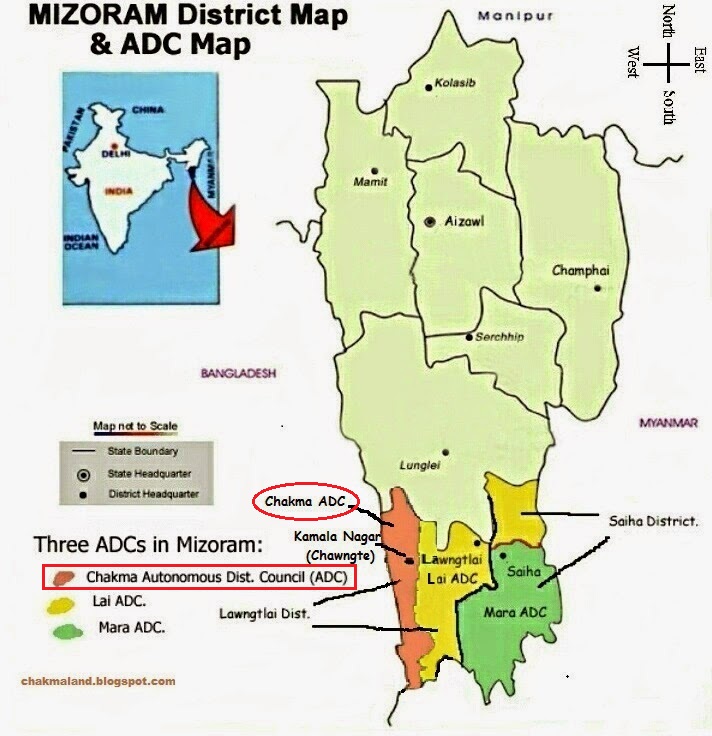What is the issue?
- Among various Northeastern states protesting against the Citizenship (Amendment) Bill, Mizoram witnessed massive demonstrations. Click here to know more on the Bill.
Why is the protest?
- The Citizenship (Amendment) Bill amends the Citizenship Act, 1955.
- It relaxes the citizenship eligibility rules for immigrants belonging to six minority (non-Muslim) religions from Afghanistan, Bangladesh or Pakistan.
- Political parties and non-political groups in the Northeast (NE) have protested due to the potential impact on the region’s demography.
- The Bill is also questioned for its constitutionality as it grants citizenship on the basis of religion.
Why is Mizoram's case different in this regard?
- For protesters in Assam, Meghalaya and Tripura, the concern is about Hindu immigrants from Bangladesh.
- The Assam Accord lays down 1971 as the cutoff for acceptance as citizens.
- The National Register of Citizens is being updated based on this cutoff, which does not differentiate on the basis of religion.
- But in Mizoram, the concern is not about Hindu immigrants from Bangladesh but about Chakmas, a tribal and largely Buddhist group.
- The Chakmas are present in parts of the Northeast, and the Chittagong Hill Tracts of Bangladesh with which Mizoram shares an international border.
- While Christians form 87% of Mizoram’s 11 lakh population (2011), Chakmas number about 1 lakh.

What is the concern with the Chakmas?
- Chakmas are clearly identified as ‘non-Mizo’ by the Mizos, and there is no attempt at incorporating them as Mizo.
- Notably, the Chakmas do not want to identify themselves as Mizo.
- Certain sections in Mizoram blame Chakmas for illegal migration from Bangladesh, which the community denies.
- Large-scale migrations are said to have taken place in 1964.
- This was caused by inundation of their land due to the damming of the Karnaphuli river for a hydro-electric project in Bangladesh.
- 1980-4 migrations were caused by insurgency in the Chittagong Hill Tracts led by the Hills Peoples’ Movement of Bangladesh.
- In 1901, there were only 198 Chakmas in Mizoram and by 1991 it was over 80,000, as per census data.
- The growth rate is far more than normally possible, proving that there has been influx from Bangladesh.
- The state has seen ethnic violence, names of Chakmas being struck off voters’ lists, and denial of admission to Chakma students in college.
- There are even calls to expel them from Mizoram.
- Given these, if the Bill is passed, Chakmas who have illegally migrated from Bangladesh will become legal Indian citizens.
- Also, in some time, possibly Mizos could become a minority in their own land.
- The protests are serious because protesters, notably, displayed posters that proclaimed “Hello China, bye bye India”.
What is the Chakmas' stance?
- The reliability of the Census figures between 1901 and 1941 cannot be ascertained as they are not available with the Census Directorate, Mizoram.
- Chakma activists cite a 2015 report submitted by the government of Mizoram to the NHRC (National Human Rights Commission).
- The report cites Census data that puts the Chakma population at around 15,000 in 1951 and 97,000 in 2011.
- Reportedly, in the 1960s, Chakmas had migrated from the Chittagong Hill Tracts, but all of those people were settled in Arunachal Pradesh.
- Chakmas deny any migrations into Mizoram citing the structural discrimination against them in Mizoram.
Source: Indian Express
